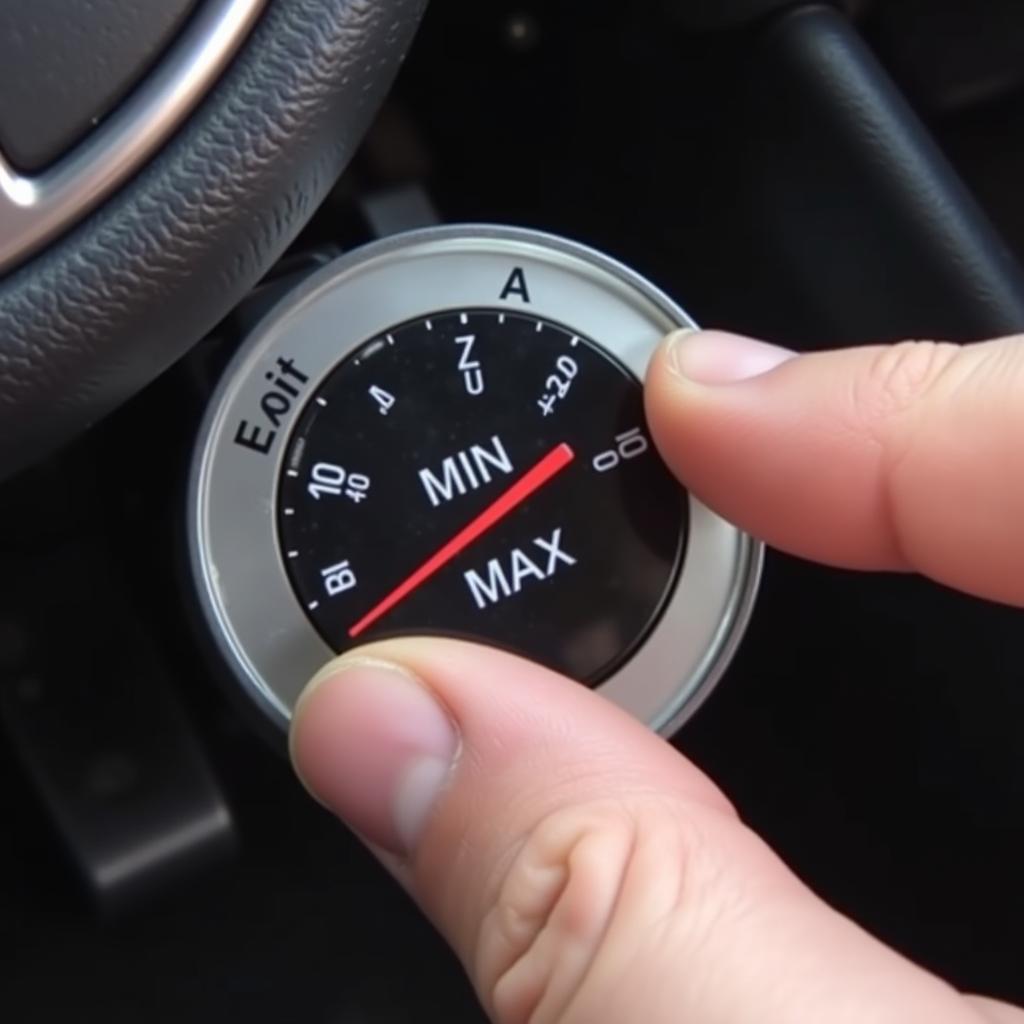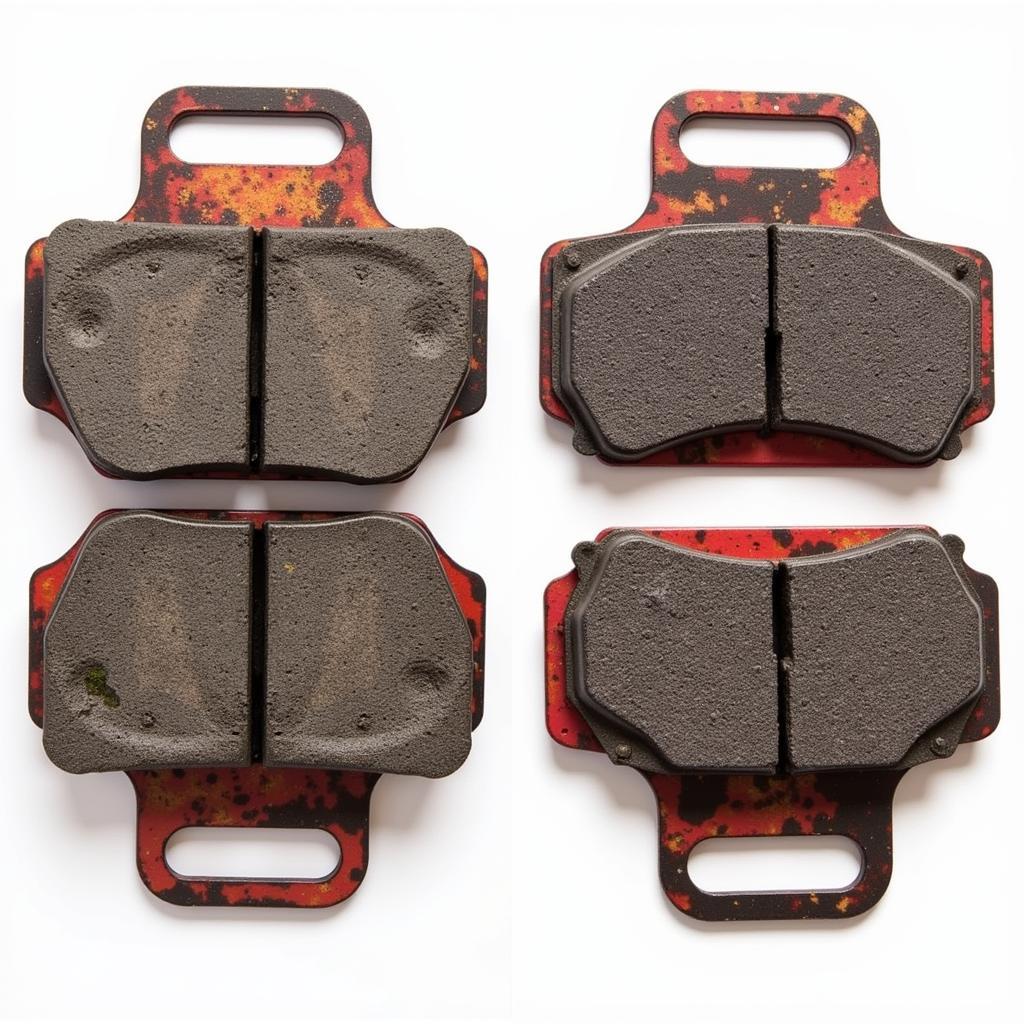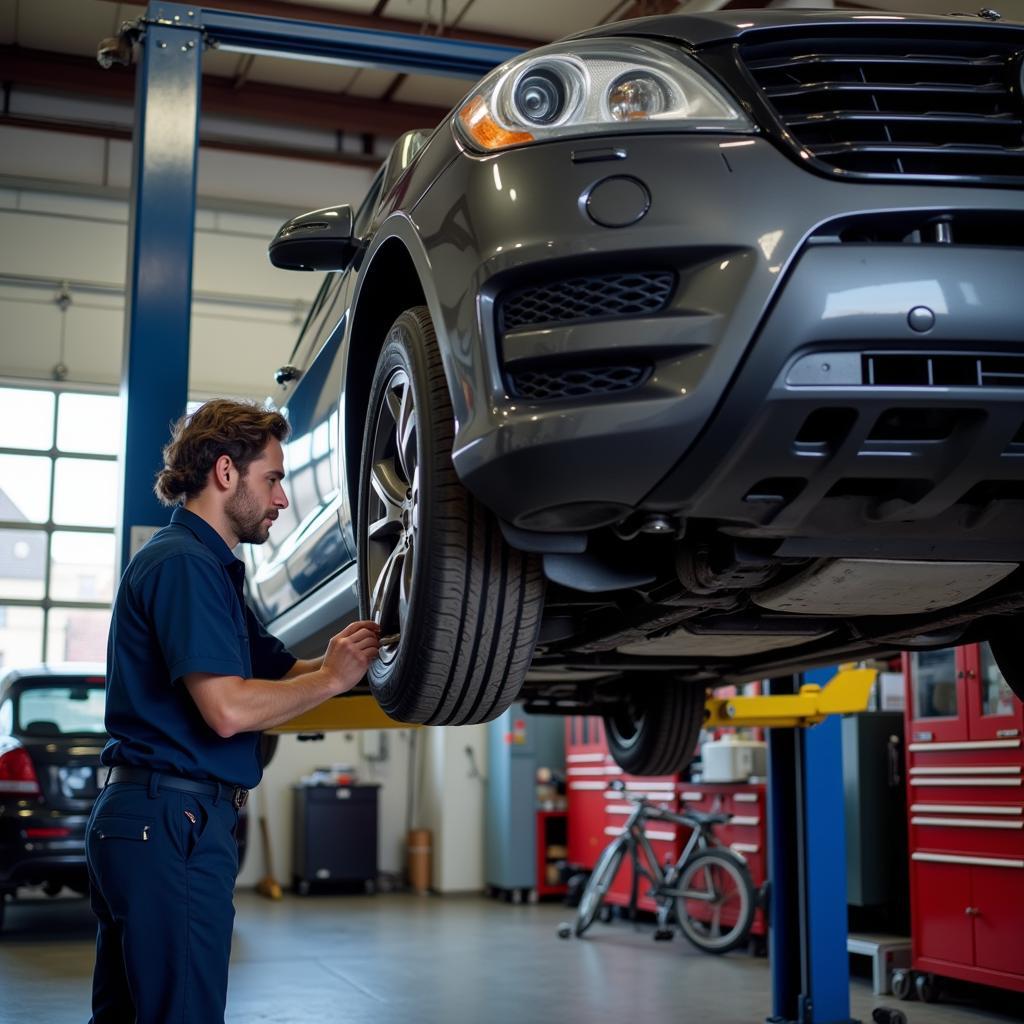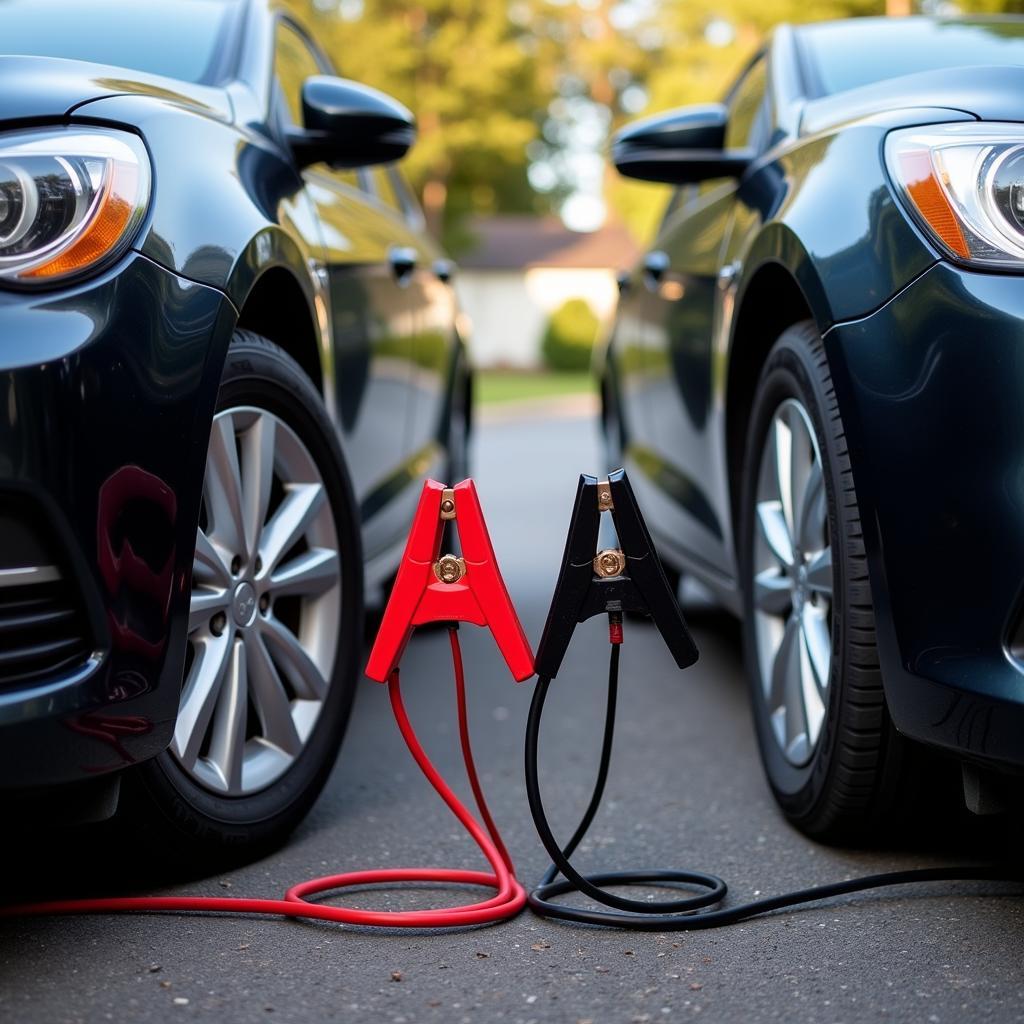If your 2007 Hyundai Sonata’s dashboard is lit up like a Christmas tree, specifically with the brake light, you’re not alone. This is a common issue reported by many Sonata owners. While it might seem alarming, understanding what triggers these warning lights can save you time, money, and potential headaches down the road. This article will guide you through the possible causes and solutions, empowering you to take control of the situation.
Decoding the Brake Light
The brake warning light on your dashboard serves as your car’s way of communicating a problem within the braking system. It’s essential to understand that this light doesn’t necessarily mean your brakes are about to fail. Instead, it’s a signal to investigate further.
Here’s a breakdown of what the brake light in your 2007 Hyundai Sonata could indicate:
- Parking Brake Engaged: The simplest explanation is often the most overlooked. Always make sure your parking brake is fully released before panicking.
- Low Brake Fluid: Brake fluid is the lifeblood of your braking system. A leak or low fluid level can significantly compromise braking performance.
- Worn Brake Pads: Brake pads are designed to wear down over time. When they reach a certain thinness, the brake light will illuminate, indicating it’s time for a replacement.
- Faulty Brake Light Switch: This switch, located near the brake pedal, signals your brake lights to turn on when the pedal is pressed. A malfunctioning switch can cause the brake light on your dashboard to stay on.
- ABS Issue: If the issue lies within your Anti-lock Braking System (ABS), a separate ABS warning light will usually illuminate alongside the brake light.
Troubleshooting Your 2007 Hyundai Sonata’s Brake Light
Now that you have a better understanding of the possible culprits, let’s move on to some troubleshooting steps:
-
Check the Parking Brake: As mentioned earlier, ensure your parking brake is fully disengaged. Sometimes a simple oversight can be the root of the problem.
-
Inspect Brake Fluid Level: Locate the brake fluid reservoir under the hood (refer to your owner’s manual for the exact location). If the fluid level is below the “MIN” mark, it needs to be topped up. However, if you notice a significant drop in fluid level or have to refill frequently, it’s crucial to have the system checked for leaks.
 Checking Brake Fluid Level
Checking Brake Fluid Level -
Inspect Brake Pads: While checking the brake fluid, take a peek at your brake pads through the spaces between the wheel spokes. If the pads are worn thin (less than 1/4 inch), it’s time to replace them.
 Worn Out Brake Pads Compared to New Ones
Worn Out Brake Pads Compared to New Ones -
Consider a Remote Diagnosis: For more complex issues, especially those involving the ABS system or electrical components like the brake light switch, it might be time to call in the experts.
“Remote diagnostics can often pinpoint the exact issue without the need for a physical inspection,” says Sarah Chen, Lead Automotive Diagnostician at CarMD. “This can save car owners valuable time and money by avoiding unnecessary trips to the mechanic.”
Remote diagnostics, like those offered by specialized services, can analyze your car’s computer system, read error codes, and provide insights into the problem.
-
Seek Professional Help: If you’re uncomfortable performing these checks yourself or if the problem persists, don’t hesitate to seek help from a qualified mechanic specializing in Hyundai vehicles.
 Mechanic Inspecting a Car's Undercarriage
Mechanic Inspecting a Car's Undercarriage
Conclusion
A glowing brake light on your 2007 Hyundai Sonata’s dashboard doesn’t always spell disaster. By understanding the possible causes and following these troubleshooting tips, you can address the issue proactively. Remember, regular maintenance and timely inspections are crucial for ensuring optimal braking performance and overall vehicle safety.


